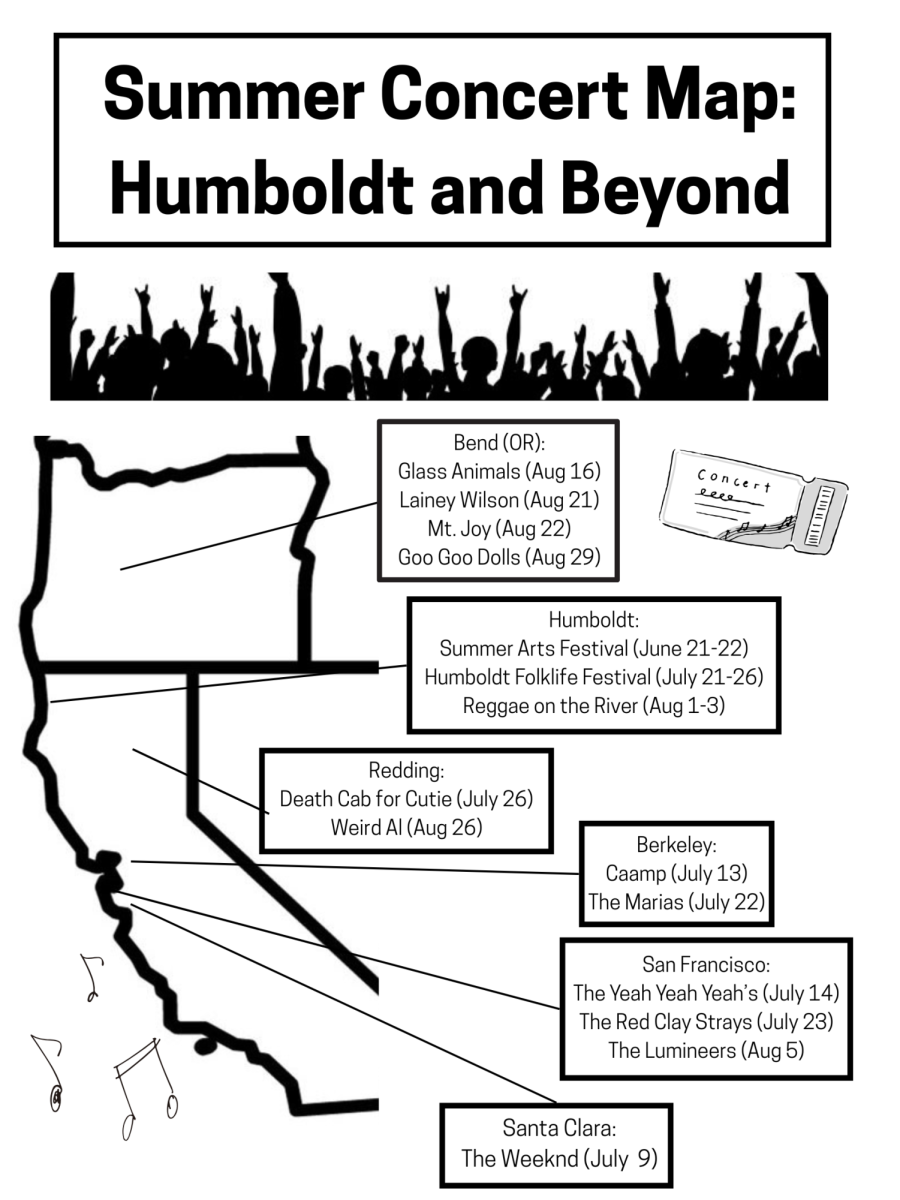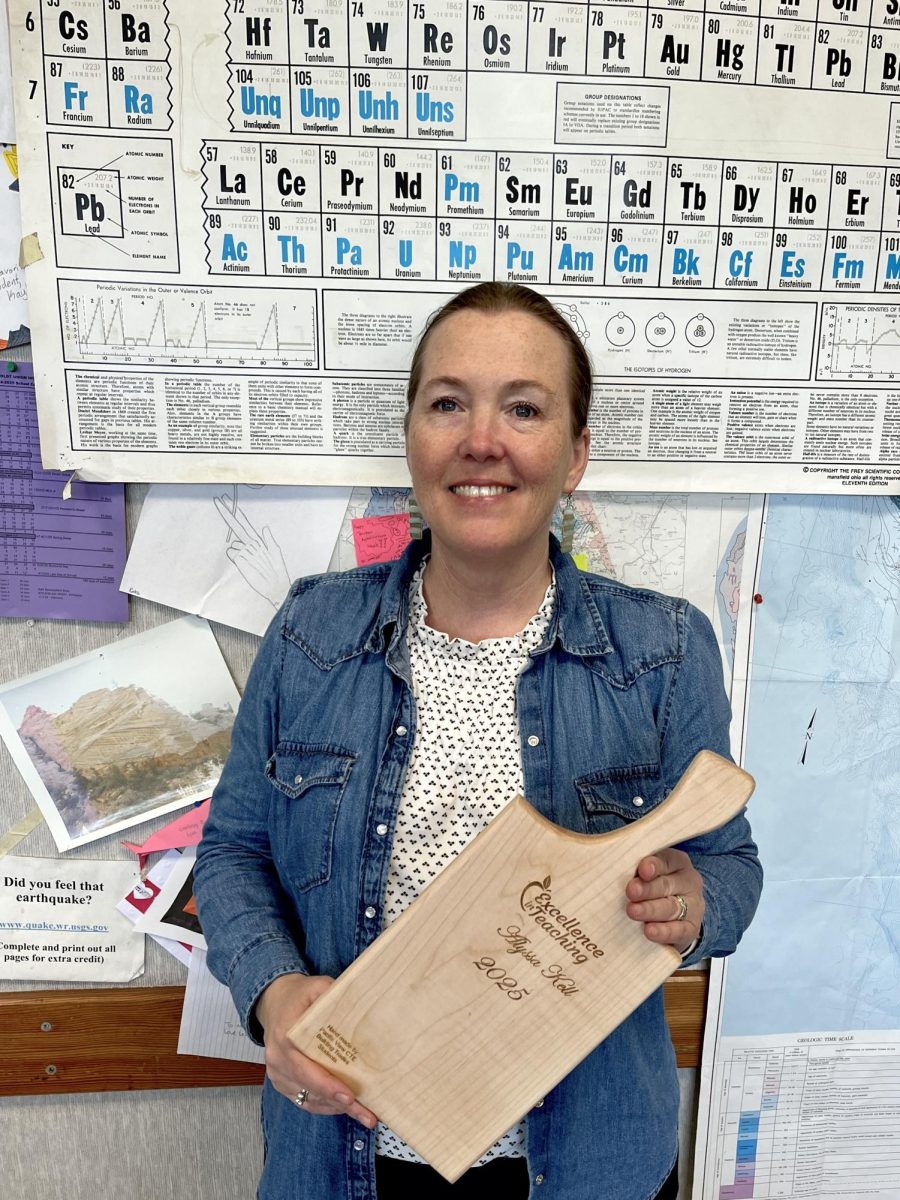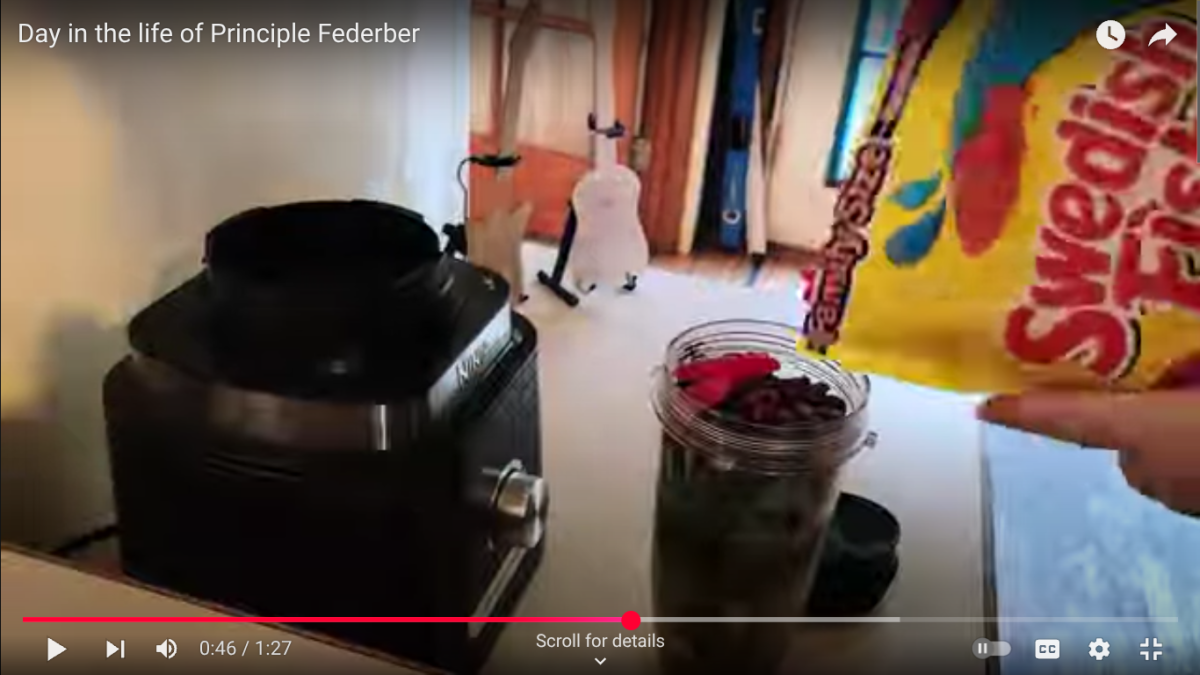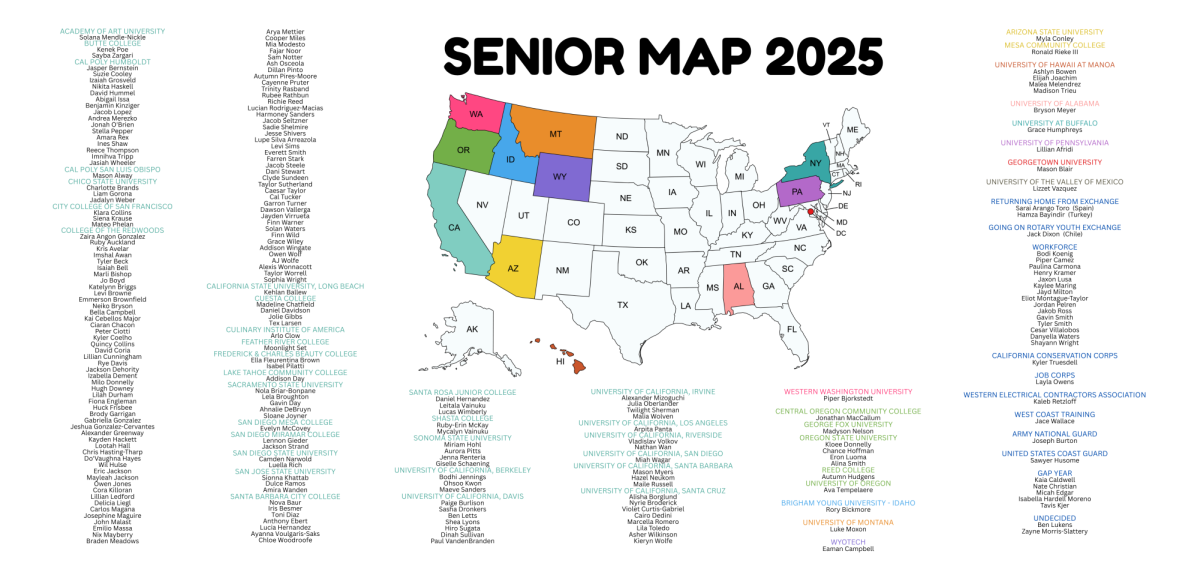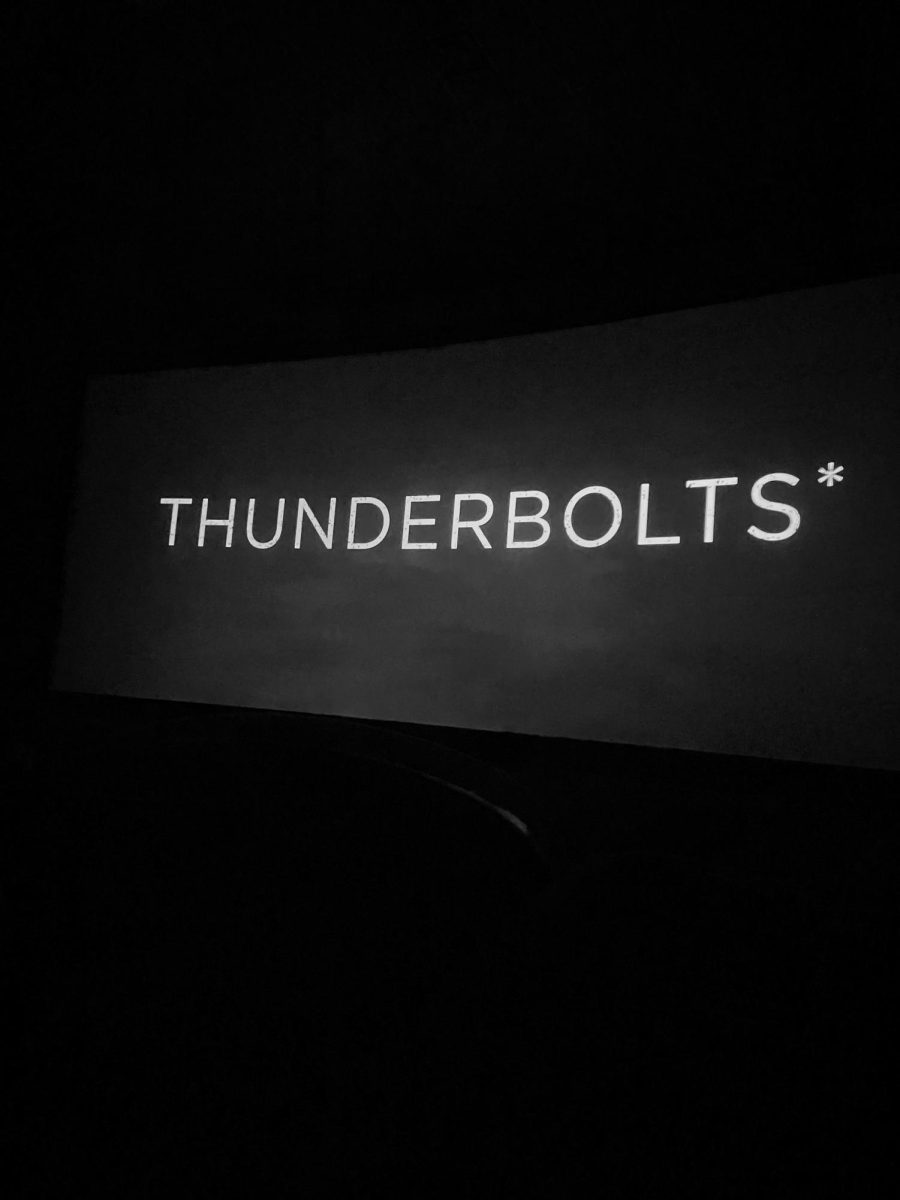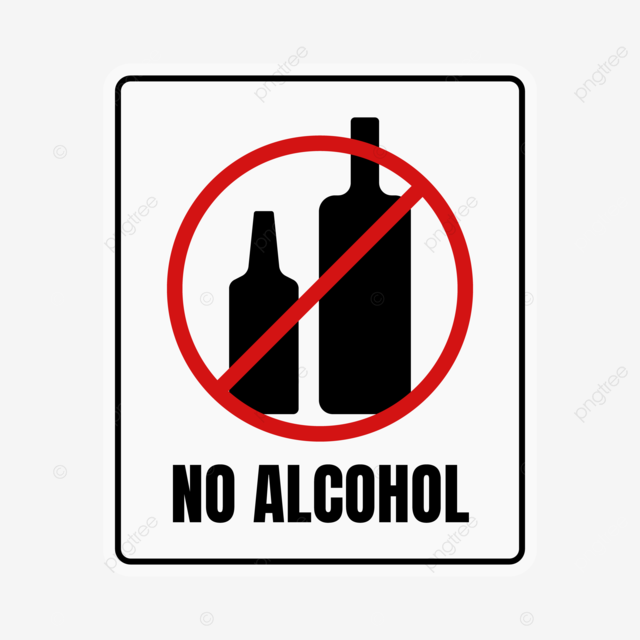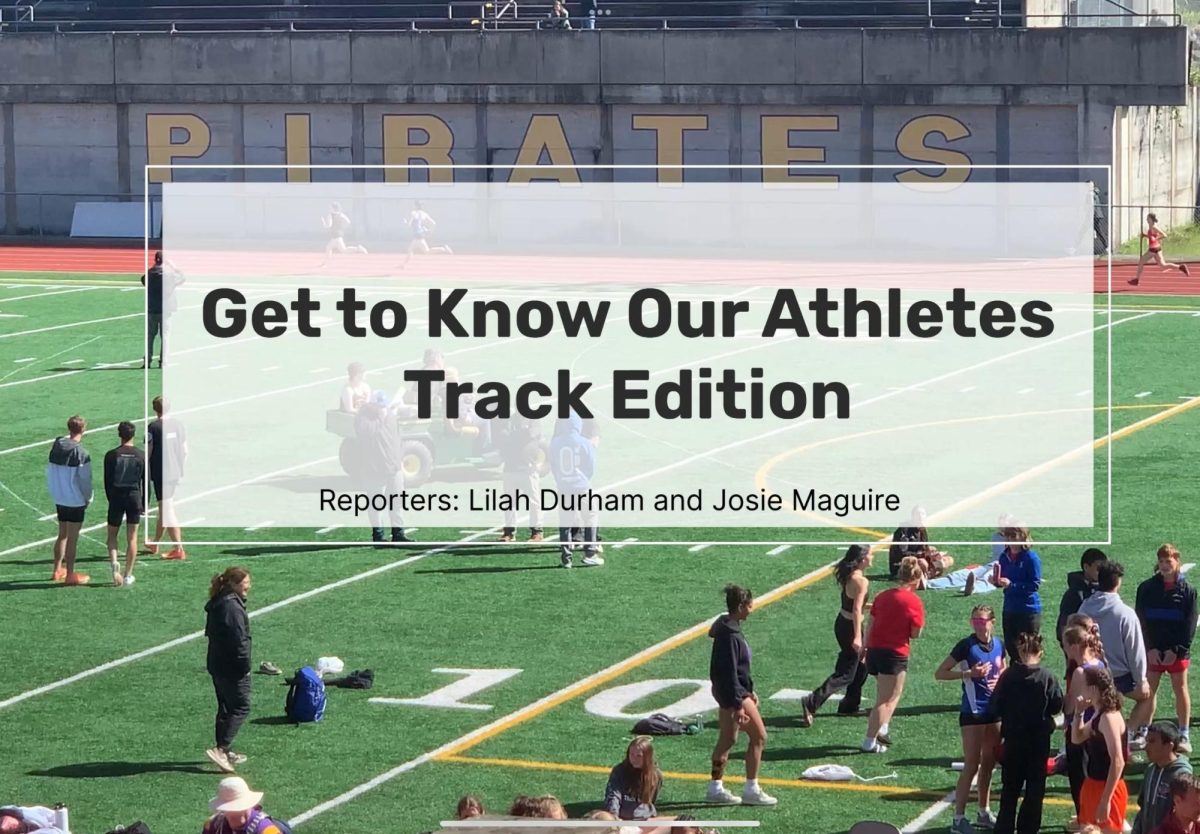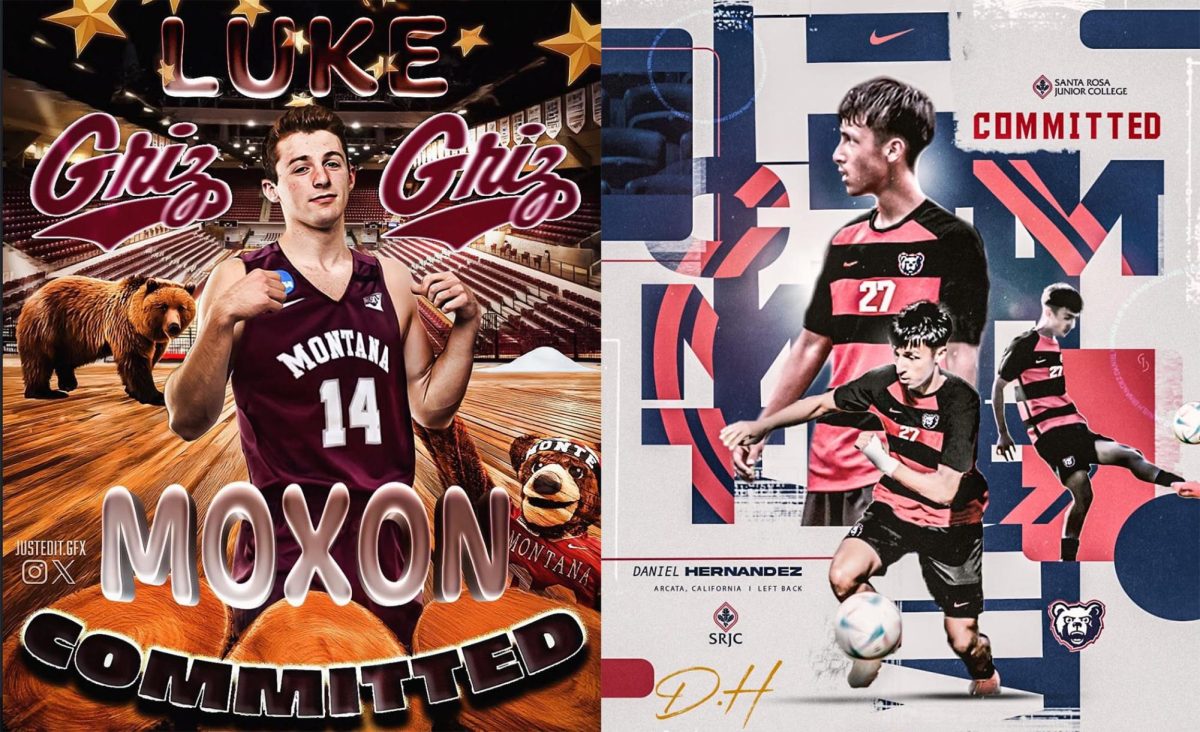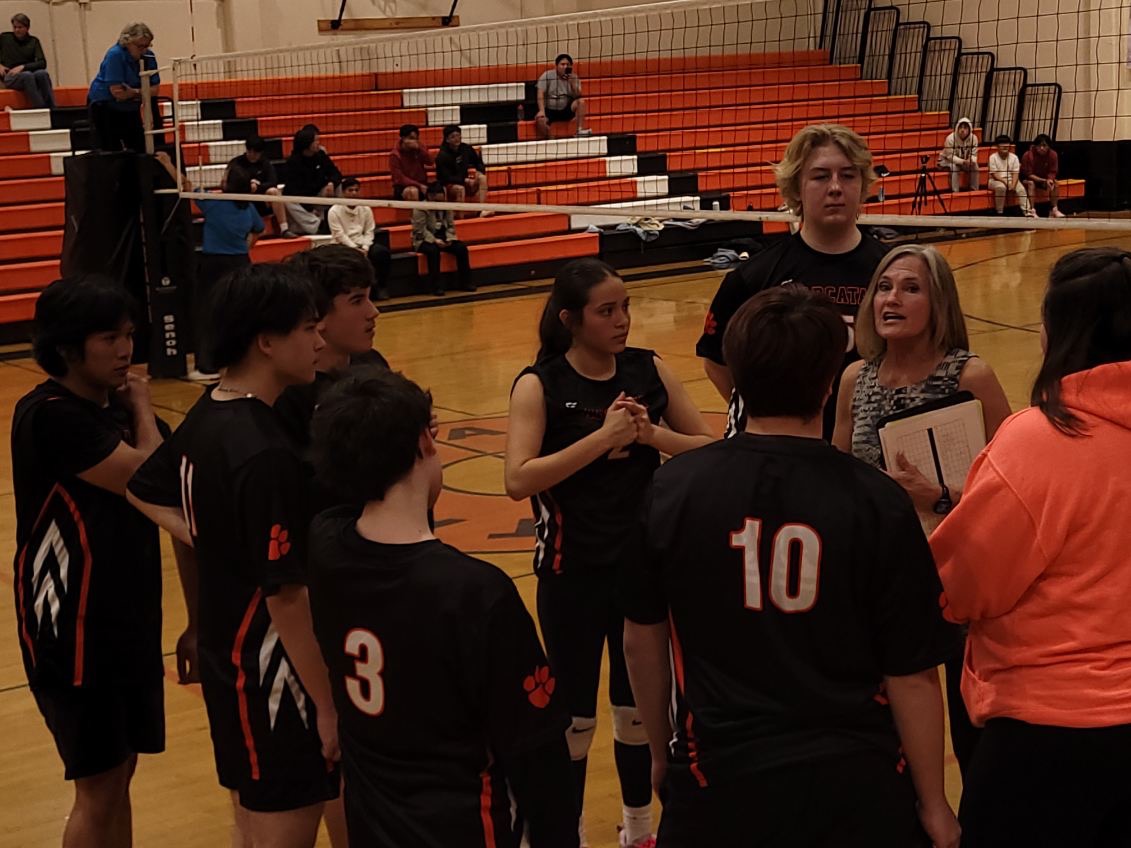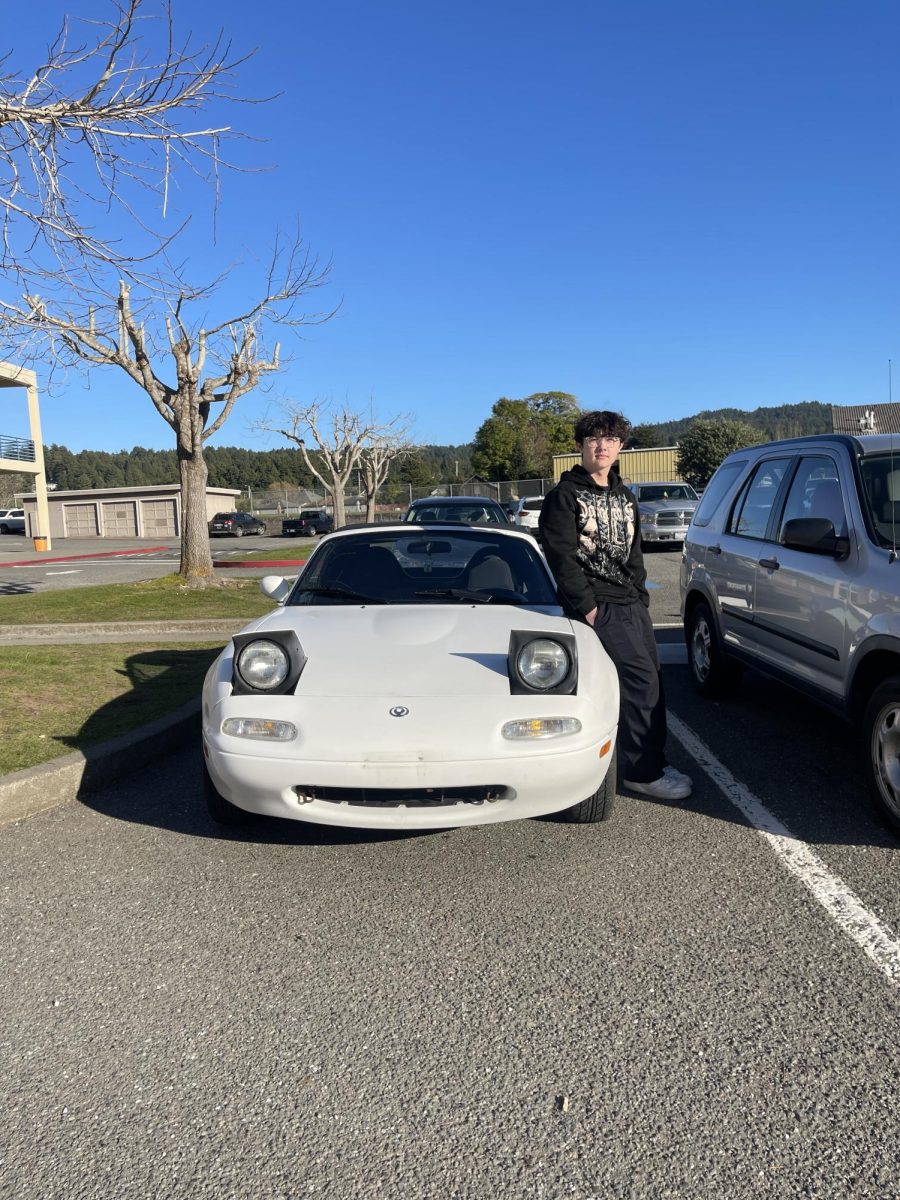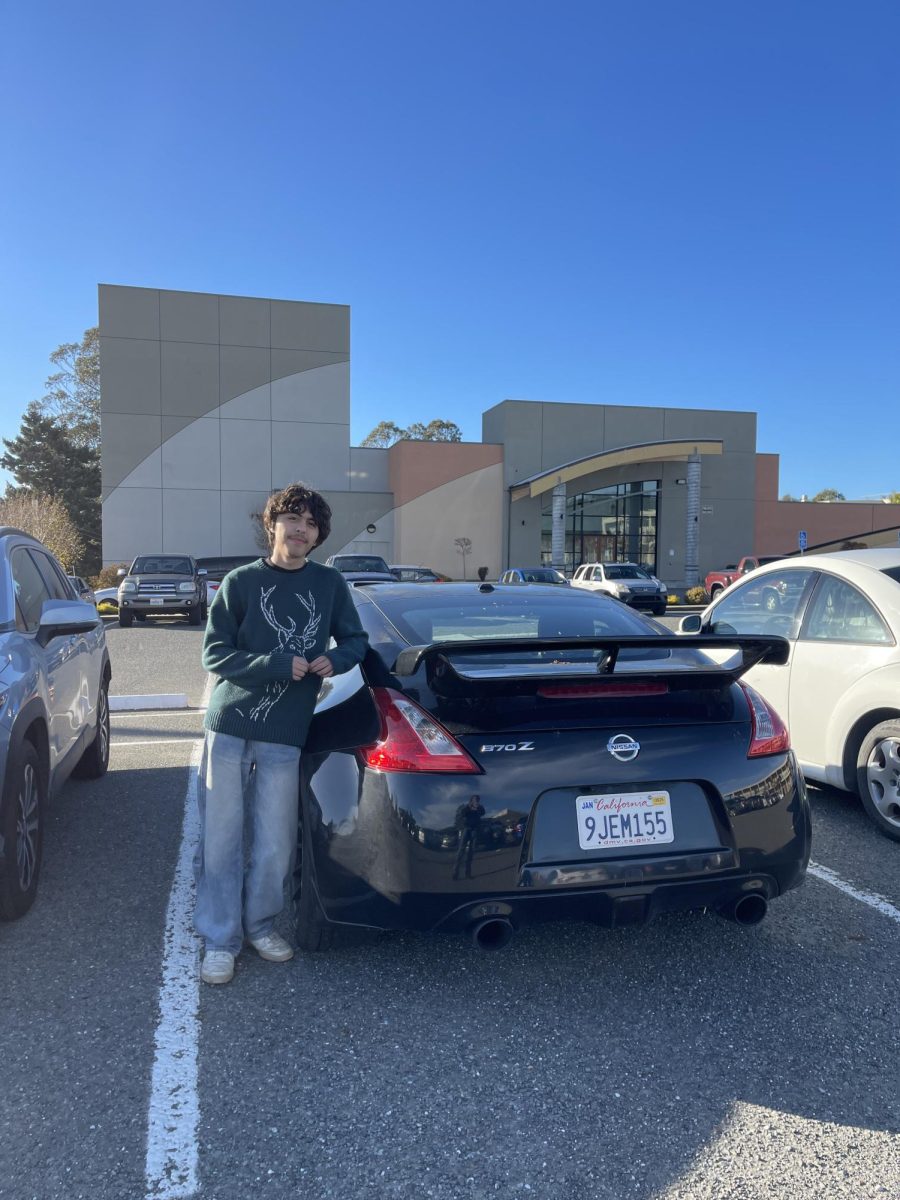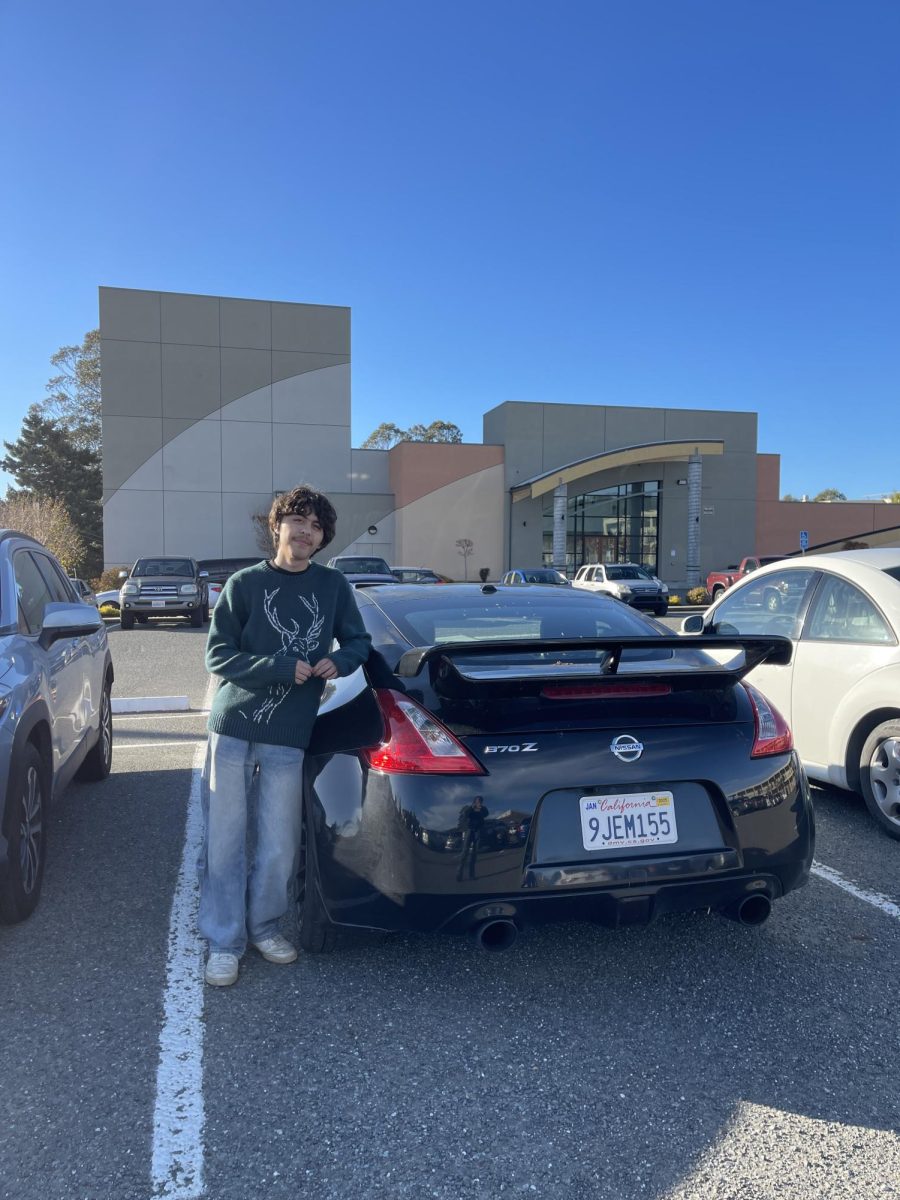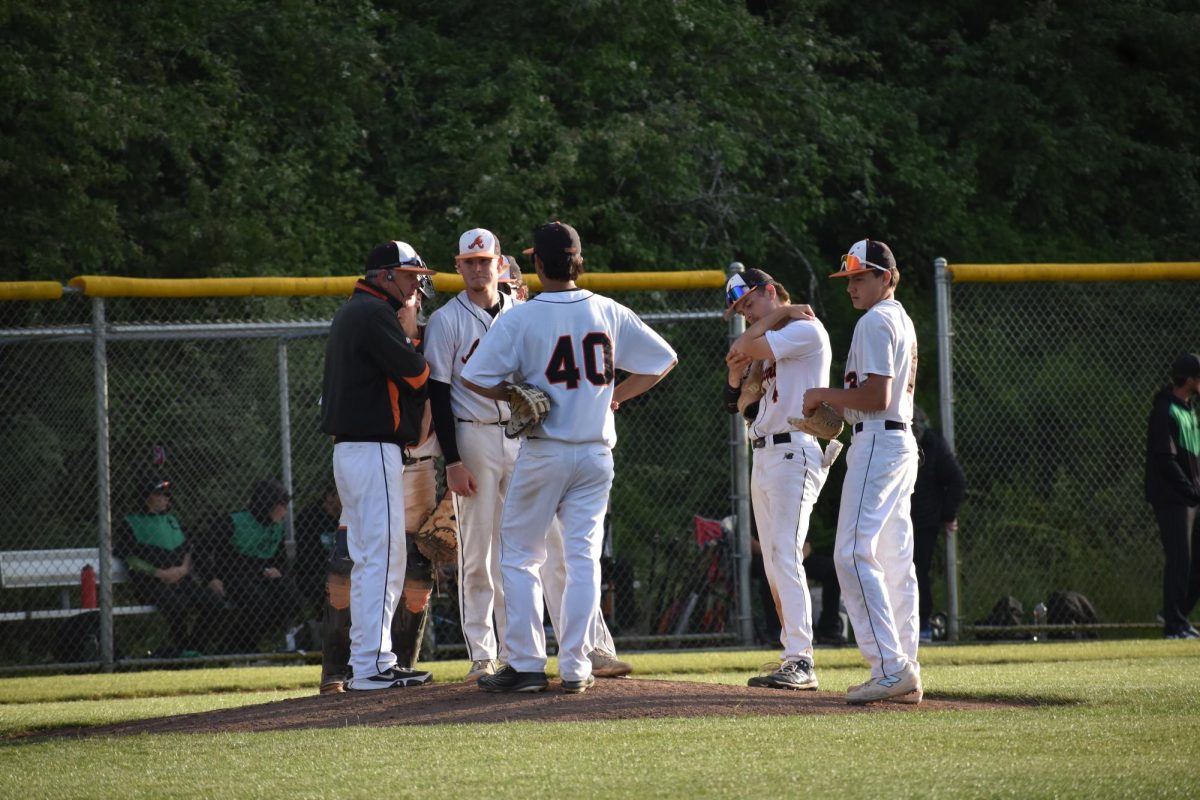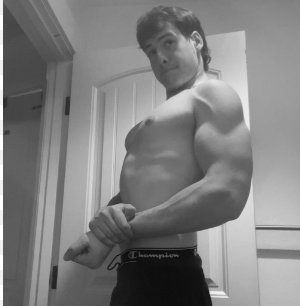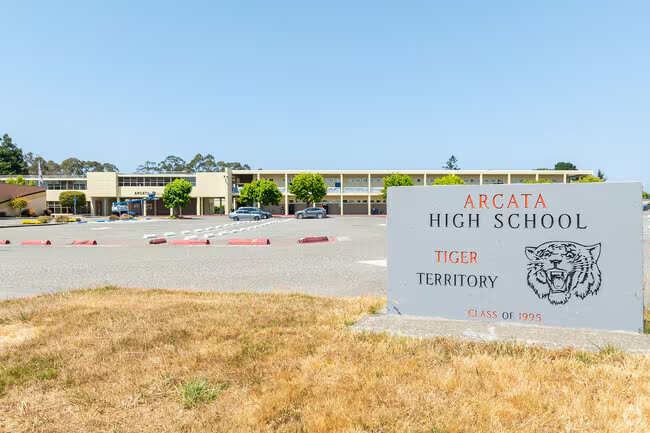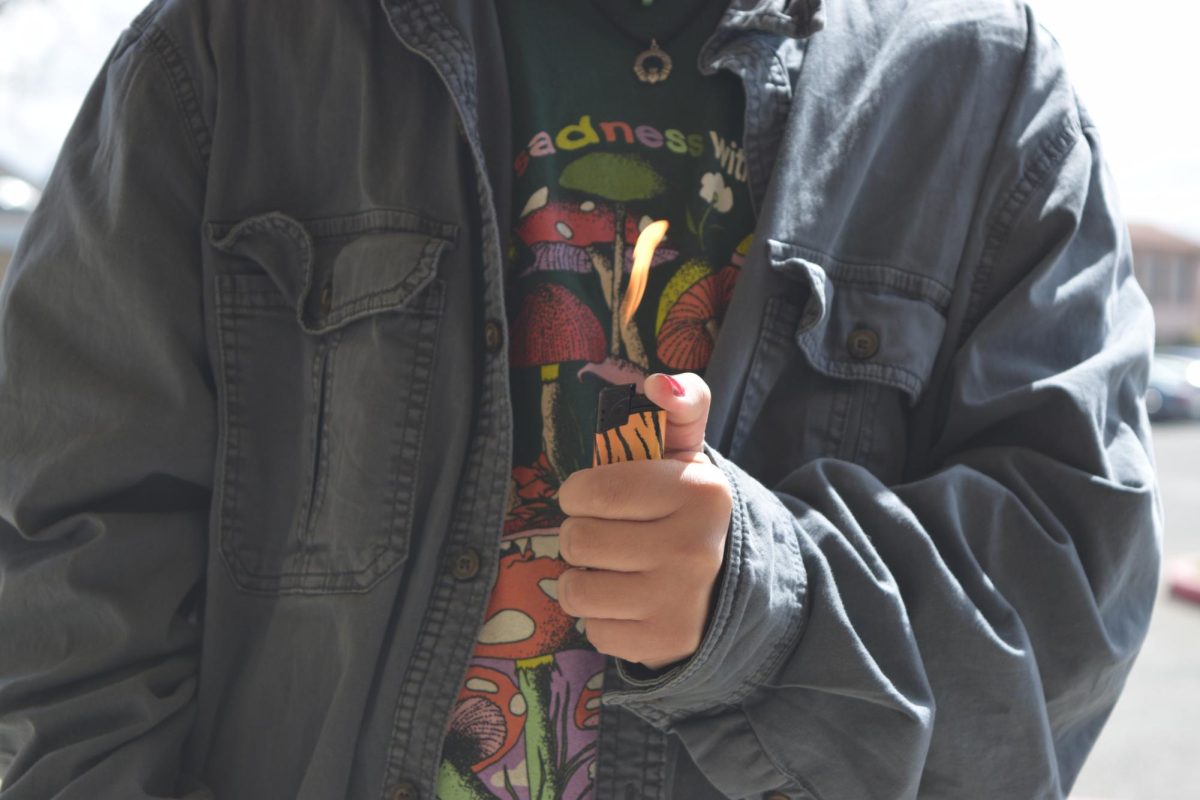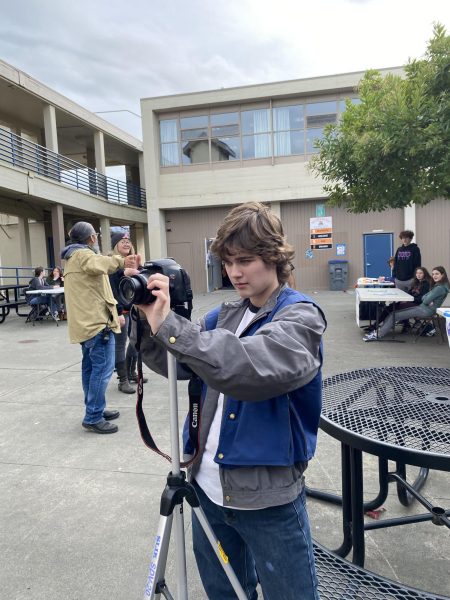Plenty of people under the age of 18 participate in drug use* of varying degrees. That is an undeniable cultural certainty, which will likely not change any time soon, no matter the number of anti-vaping posters pasted onto our walls.
But when students use substances on campus while school is in session, serious conflict stirs between students and administrators. It becomes difficult to differentiate between teenage experimentation and a potentially dangerous on-set addiction—especially for the substance user (or abuser) themself.
So, how does drug use even begin? How does it become so frequent? Why do students do drugs on campus? And what, if anything at all, can be done to stop it?
The Pepperbox conducted numerous interviews with the student body to try to understand the origins of this on-campus drug use.
Many students we spoke with initially gained access through their older family members—parents and older siblings. Sometimes, it was due to an absence of supervision and lack of secure storage techniques.
“I started stealing buds [of marijuana] from my mom’s workroom at the end of eighth grade,” a junior named Kyle** said. “It was just a messy set-up in our attic with tie-dye tapestries and stuff over the windows. There was so much weed in there that she couldn’t have possibly noticed.”
This was the beginning of a long-term struggle, which Kyle is still dealing with.
“I’ve been smoking daily since then. That’s over three years of getting high everyday,” he said. He was placed in rehab for a two month duration last summer over marijuana and alcohol-related offenses. Upon returning, he fell immediately back into the habit. “I’m not very happy with myself, but I don’t see another choice right now.”
In other circumstances, choosing not to limit teenagers’ access to drugs is more like a deliberate parenting method. It’s an attempt to try and teach responsibility, moderation, and to try and dissuade future abuse.
According to a study funded by Phoenix House, a non-profit substance abuse education program, “19 percent of respondents were introduced to drugs by relatives.”
It’s also important to note that, “Of those who used drugs with their parents, 76 percent used marijuana, 19 percent used crack, 16 percent used cocaine and 6 percent used heroin.” (Alcohol use was not included in the survey.)
A sophomore named Greg** just began smoking last November.
“[My mom] works in a dispensary, so she gets me and my friends a sh*t ton of stuff for free,” he said. “Like, if she’s there, I just ask for it. If she’s not, I’ll just take it and let her know later. If she was strict about me smoking weed, I definitely would just find ways to be sneaky about [doing it] anyways,” Greg said, appreciating the open communication between him and his family. “And that’s so much worse than being straight up.”
“I’m forced to be here, anyways,” – Nina
This sentiment of honesty and communication is shared by Matilda, another student in a similar situation. Her father has worked in the cannabis industry since the 2010s, prior to the California legalization.
“I think [my dad] just wants to make sure I’m smoking safe stuff. It’s Humboldt, and I’m gonna smoke. So, he prefers to be my source, not the random kids in the bathrooms or at the park,” she said.
It is no small secret that Humboldt County (along with Mendocino and Trinity, forming what is sometimes referred to as the “Emerald Triangle”) was the epicenter of small farmer cannabis cultivation in the U.S. for many years.
“My parents moved to Humboldt to smoke a bunch. I’m, like, almost the exact age they were right now. I think they just don’t want me getting into the same situations they were in, talking to the Plaza people and stuff,” said Matilda.
Of course, drug use on campus isn’t limited only to marijuana.
According to the results of the Annual National Youth Tobacco Survey, 1 in 10 high school students had used some form of vape in the past month. In addition to that, approximately 1 out of every 10 alcoholic drinks consumed in the U.S. are from underage drinkers according to American Addiction Centers.
One senior named Corey** has had alcohol culturally-ingrained in his household since childhood.
“My dad was a bartender,” he said.
He recalled spending days after school preparing and taste-testing fancy drinks with his dad. “I knew a lot about mixology from a young age. I got really into learning about the different types and combinations and stuff,” Corey said.
ACCORDING TO THE 2022 CALIFORNIA HEALTHY KIDS SURVEY, 38% OF STUDENTS SELF-REPORTED HAVING BEEN DRUNK OR HIGH ON-CAMPUS AT LEAST ONCE.
This figure does not include nicotine use.
For students living in sober households, access through peers is often the only other available route.
As explained by a freshman, “There’s really only one place where you get to see your friends everyday: school. So, where else are we gonna buy stuff?”
And that seems to be one of the main reasons drugs end up making their way into school. Over one thousand kids enter the boundaries of our campus every single morning. At least some of them are bound to bring substances along with them.
“It’s super easy to make friends with the stoners. They’re all so nice,” another freshman named Nina said.
She struggled with making friends and finding a “group” where she belonged for most of her middle school experience. “In a scary new environment like high school, you’re gonna wanna talk to the nicest kids. At Arcata, it’s the party people who are always complimenting me and waving me down in the halls.”
Students described feeling “comfortable,” “relaxed,” and “accepted,” in environments where they and their peers are intoxicated.
“All of those people are so nice and sweet. I felt like my social anxiety just disappeared when I started smoking with them. And it was just so much better,” Greg said. “They just shared their weed and we would chill.”
According to the University of Washington, this is nothing new: “Many people report using marijuana to cope with anxiety, especially those with social anxiety disorders. THC appears to decrease anxiety at lower doses, but increase anxiety at higher doses.” Meanwhile, “CBD, [the other most active compound in marijuana] appears to decrease anxiety at all doses that have been tested.”
Although many interviewees did not agree with the concept of “peer pressure,” they were quick to attest to the “niceness” of the party crowd as being a large part of why they began using more regularly.
This student perspective makes the solution to teenage drug use seem a lot less centered around physical blockages–such as vape detectors and security measures–and more towards anti-bullying and community-building exercises. In the end, people want friends.
I contacted Principal Perry for comment, although he did not respond prior to the deadline of this article.
“It’s really important to know you can still have fun when you’re sober,” said Roger**, a sophomore who has never used any kind of a recreational drug.
It seems that through “teenage invincibility,” a lot of students can forget that what they are doing is, in fact, a crime.
One increasingly popular route to obtaining alcohol is a “bottle run” in which a student will walk casually into a store and slip an alcoholic beverage into their pocket without paying.
Victor has done over five bottle runs in the past few months. “We do it out of necessity. When we need a bottle, we all come together and think. We usually go through the other things we can do first, too. I mean, we don’t really want to steal things or anything… But I guess it can be pretty rewarding at the same time. Because it’s like, the very worst thing you can steal from a store.”
“It really feels like I’m the big man who got the big prize,” – Victor
On the other hand, Bailey is a “retired bottle runner.”
She said, “It’s just because people want alcohol and can’t wait until they can legally buy it,” she shared the same motivation. “That’s pretty much it. It was h*lla dumb and not worth [possibly getting charged] just to do that sh*t.”
It’s also important to remember that long term drug use can have less than pleasant affects on the body. Apart from the really scary stuff (such as those popcorn lungs and cancers on the aforementioned anti-vape posters), the body is simply not made to be constantly under the influence.
Frequent marijuana abuse can lead to fatigue and forgetful-ness. As per Harvard University, “Marijuana’s main psychoactive Chemical, THC, causes its effect by attaching to receptors in brain regions that are vital for memory formation, including the hippo-campus, amygdala, and cerebral cortex.”
“I definitely think it’s had a poor effect on my memory,” said Nina. “I lost my wallet one week and then proceeded to immediately lose my phone the next week. I was high both times. My parents wanted to kill me.”
At the same time, alcohol abuse is closely connected to increased irritability and anger as well as sadness. According to the Health and Safety Executive, which is the UK’s government health agency, “People who drink heavily are more likely to suffer. from depression, and alcohol dependence is roughly three times more likely among people with depression.”
“It’s pretty bad. All of it is bad.” – Roger
Although Roger has never used any form of recreational drug, he has many friends who have been since as far back as middle school.
“I don’t think anyone is trying to deny that, necessarily. I think teenagers just don’t care. We have that sense of invincibility. I actually do think the best thing you can do is try to catch them and punish them,” he said.
On the other hand, some believe that it is impossible to prevent it. “When [our school] implements rules, people are always just going to find a way around those rules,” said Greg.
Ever since the installment of the vape detectors, it might be apparent that the hallways smell strangely fruity and minty at random points in the day.
“With the detectors, I’ve seen that people are just vaping in class and the halls now, which is so much worse than just vaping in the bathroom.” Nina attested to drug use increasing within the physical classroom: “I saw a kid pull out a joint in the middle of [class] last week.”
“At least it used to be contained in the bathrooms,” Roger said. “Like, I see dab pens way more in the halls now.”
All of the required drug education available at Arcata High is offered through health, a mandatory semester-long course taken freshman year. After that, drugs are no longer mentioned.
When students are caught using drugs, the punishment depends on the severity of the offense. Students can have their belongings searched and their substances revoked. After their parents (and sometimes law enforcement) are called, the student is likely to be put on in-school suspension.
Depending on previous offenses, students can be offered a referral to a “diversion program” to receive extra support outside of school.
“My friends used to tell me when they’d get caught, and I’d just laugh at them,” said Roger. “Like, of course you’ll get caught if you’re school, dumb*ss.”
FOOTNOTES
* For the sake of this article, the word “drug” refers to substances that are illegal for underage consumption, such as marijuana and nicotine, as well as alcohol.
** All student names in this article have been replaced with aliases for privacy.

